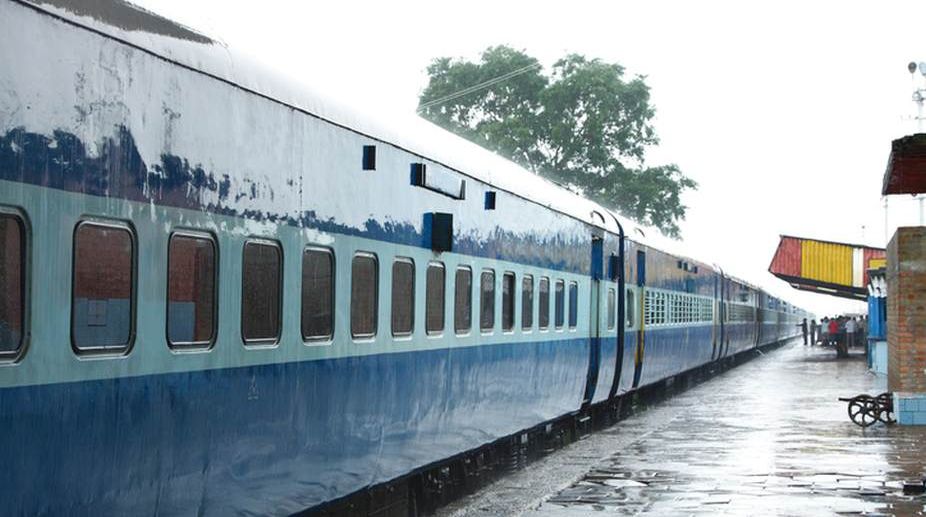Scientists have developed a new app that can allow railway passengers to measure ride comfort using their smartphones, and record vibration data from a running train to detect track faults and indicate which sections are in need of maintenance.
Information collected by the app would give railway companies instant feedback from passengers about bumps, bangs and vibration on their trains, said researchers at the University of Birmingham in the UK.
The study is the first to use artificial neural networks to map data gathered from smartphones in order to evaluate ride quality.
It showed that accelerometers found in modern smartphones are good enough to be used in measuring ride comfort.
"Making passengers feel comfortable aboard their trains is something many railway companies strive to do. With the advent of smartphones, passengers can potentially measure the ride comfort themselves," Sakdirat Kaewunruen, senior lecturer at University of Birmingham.
"Our research opens the door for many opportunities, allowing passengers to provide instant feedback on the comfort of their journey and equipping railway companies with information they can use to further improve ride comfort for passengers," said Kaewunruen.
"There is also potential for this technology to be used to detect track faults and indicate which sections of track are in need of maintenance, possibly saving on maintenance costs and improving the safety of the railway," Kaewunruen added.
Researchers used a specially designed smartphone app to record vibration data from a train running on a test track, comparing the information gathered to a reference accelerometer.
They discovered that the technology used in modern smartphones is more than good enough to measure ride comfort aboard trains.
They noted that mobile technology develops at a high rate and future smartphones would have higher quality accelerometers than those used in the experiment.
Vibrations in trains can be caused by welding and rolling defects, rail joints, poor track alignments, and various defects or roughness in the track or wheel surfaces.
The types of vibrations experienced on board trains are different from the ones experienced in road vehicles.
"The greatest challenge in using this type of technology is to persuade passengers themselves to implement it in their daily lives, but there are a number of ways around this issue," said Adam Azzoug from University of Birmingham.
"For example, rail companies might make it easier for passengers to use the app by linking it to Wi-Fi access on their trains or allowing passengers to give feedback on subjective causes of discomfort in trains such as smells and temperature," said Azzoug.











